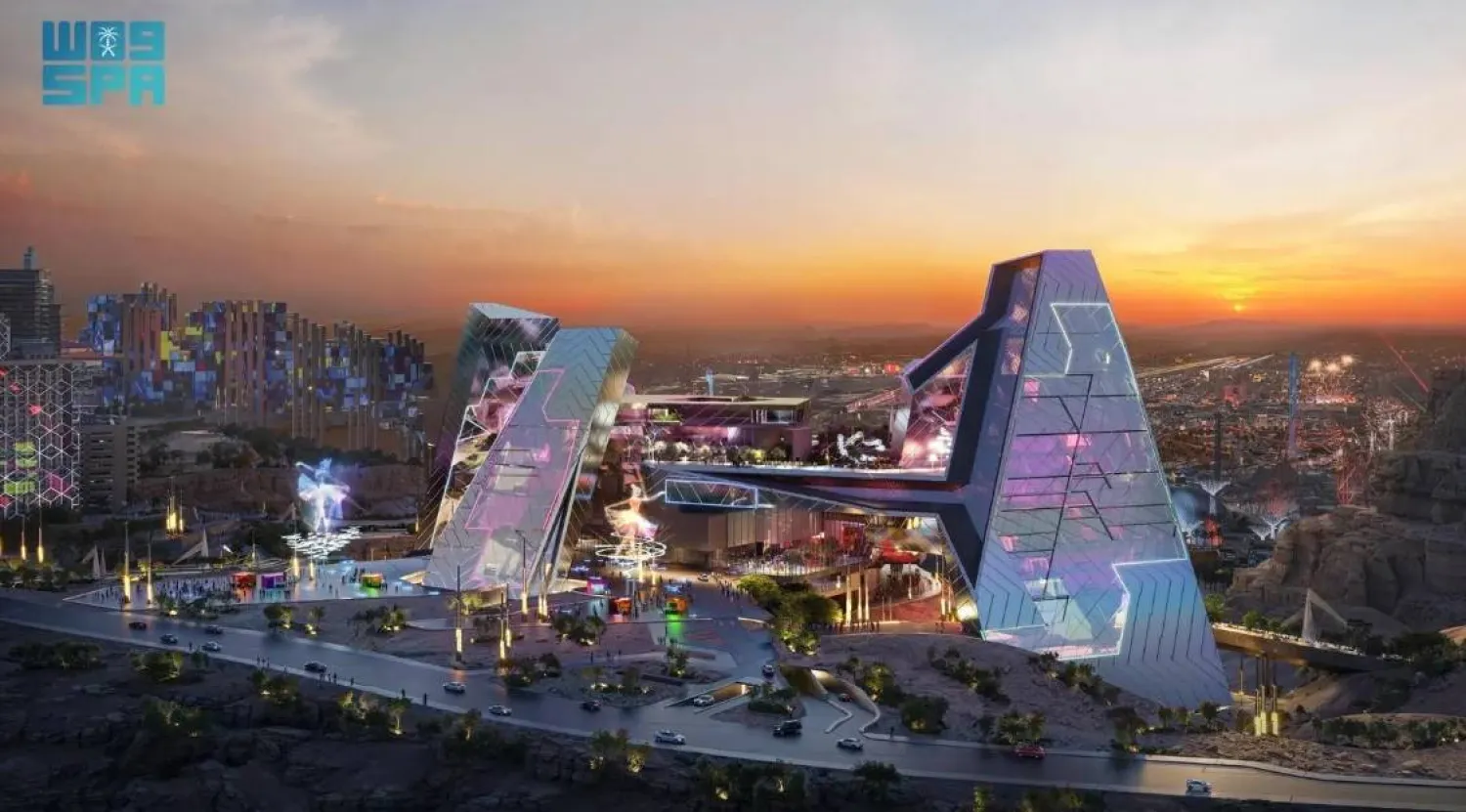Qiddiya Investment Company (QIC) has announced an innovative Performing Arts Center to enrich Saudi Arabia's cultural landscape and enhance the array of attractions within Qiddiya City.
The first cultural asset of the newly announced Qiddiya City, the center is poised to receive over 800,000 visitors each year.
“Qiddiya City is more than just the home of entertainment and sports, but a leader in the preservation and promotion of Saudi culture. For this reason, we are thrilled to announce the addition of the Qiddiya Performing Arts Center to Qiddiya City,” said QIC Managing Director Abdullah Aldawood.
He said the center “will be a beacon of creativity and innovation that will elevate Saudi Arabia's cultural landscape to new heights.”
With its ground-breaking modern design, pioneering technology, and commitment to nurturing talent, the center embodies the spirit of Qiddiya City as a place where imagination knows no bounds,” added Aldawood.
The center will host over 260 indoor and outdoor performances and events every year. Over 3,000 seats are spread across three theaters, each offering a 360° experience merging physical and digital elements. A cantilevered amphitheater offers breathtaking views of the City’s lower plateau while a fully adaptable 500-seat venue is suspended from above.
Leveraging state-of-the-art technologies such as Virtual Reality, Augmented Reality, and Artificial Intelligence, the Center will host groundbreaking productions that push the boundaries of traditional theater.
Moreover, it will serve as an incubator for young Saudi talent, providing educational opportunities and resources to nurture the next generation of writers, producers, and actors.
The Performing Arts Center is set to create thousands of career opportunities across more than 100 job categories in the creative and cultural sectors.
A rooftop sky garden, art galleries, and green spaces will extend the cultural experience, while the Centre's iconic architecture will serve as a symbol of civic identity.
The dramatic setting of the building is a tribute to the performances it will host. The promenade walk extending across the Tuwaiq cliffs will lead to a shaded section beneath the center offering a viewing platform across the City.
This section will act as an extension of the center’s microclimate that begins with a waterfall in the Center’s lobby and cools the surrounding neighborhood.









